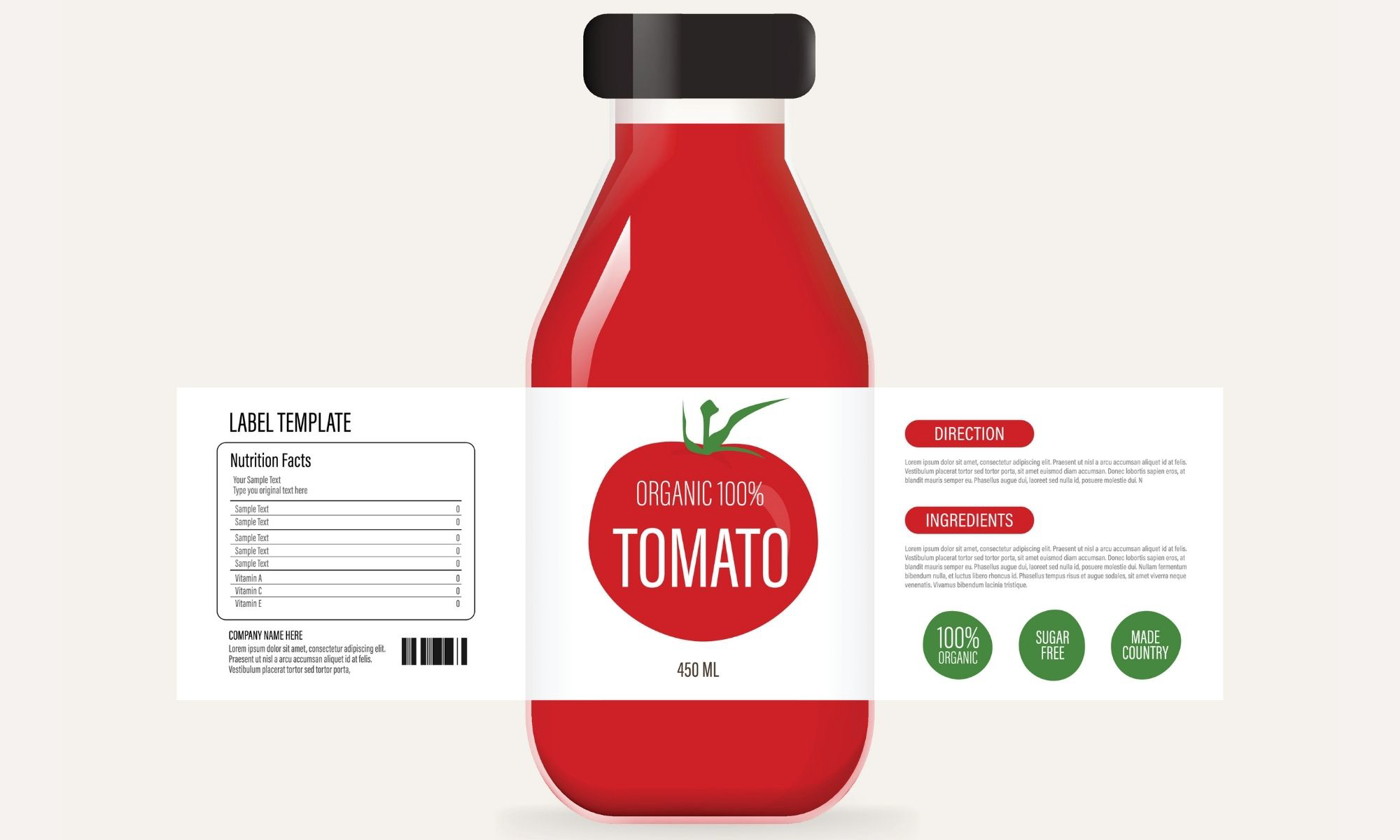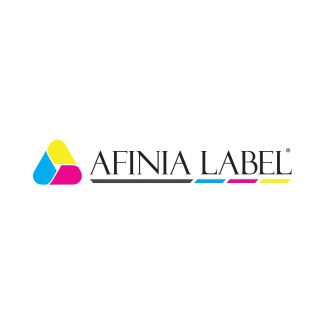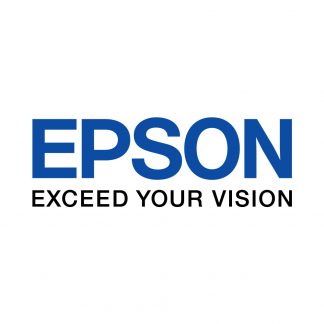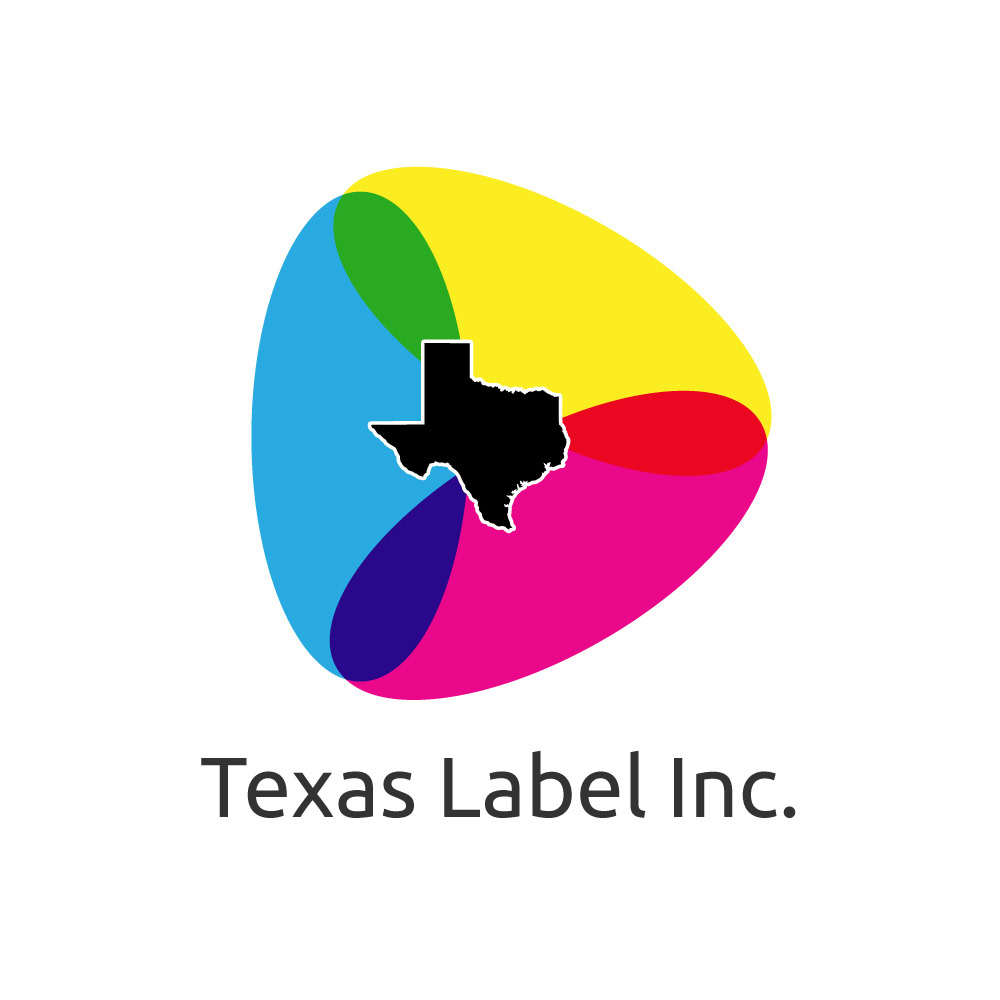
The labeling of food products is incredibly important and involves many requirements. The main detail to focus on being the content that goes on the label. This includes information that is crucial to consumer safety, as well as company and legal regulations. Learn about all the important aspects as we explain how to properly label food products.
The Statement of Identity
This simply means the common name of the product. However, there can be situations where a more specific or unique name is used due to there being no common name for the item. The name must be one that is familiar and clear enough to the consumer that they can clearly understand what the product is.
Net Weight and Contents
This description clearly outlines the amount of food that is in a container or package. This regulation is based mostly on legality. The weight and the volumes not only should be present, but they should also appear in both English and metric units.
The Nutritional Facts Panel
This tends to be a detail that many consumers pay attention to. As you will notice, all nutritional panels have the same style no matter what the product is. This panel always has the same layout, as well as the same font style and size. This is absolutely necessary to ensure that all consumers know the total calories, grams of fat, and other important information about their food. Having a consistent format is sure to keep the information correct and organized.
List of Ingredients
A full ingredient statement must always follow the Nutritional Facts Panel. They must be laid out in correct descending order based on their weight. This is an important standard for organization and is a detail that manufacturers need to consider—especially when it comes to the design of their labels.
Labeling of Allergens
This is one of the most vital details when wanting to know how to properly label food products. One of the most common causes of product recalls is undeclared allergens, as this is a massive risk to all consumers. Regulations mandate that food product labels must include labeling of allergens if they contain any of the major eight allergies. This includes eggs, milk, soy, peanuts, tree nuts, fish, crustacean shellfish, and wheat. For this reason, it is imperative that companies have labels that are clear and easy to read. This requires the use of a high-quality printer like an Epson color label printer or similar models. High-quality printing is key to properly labeling food products.



